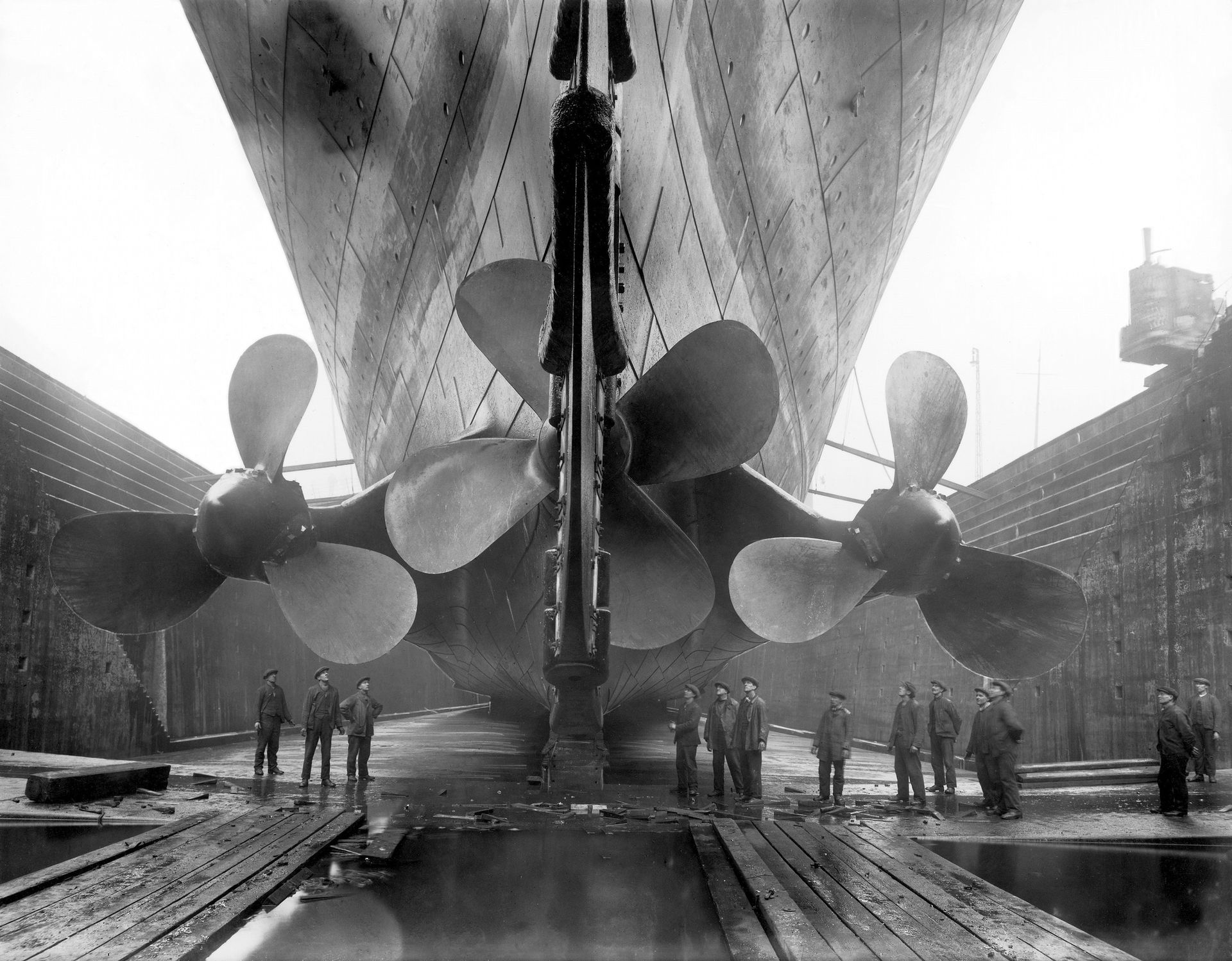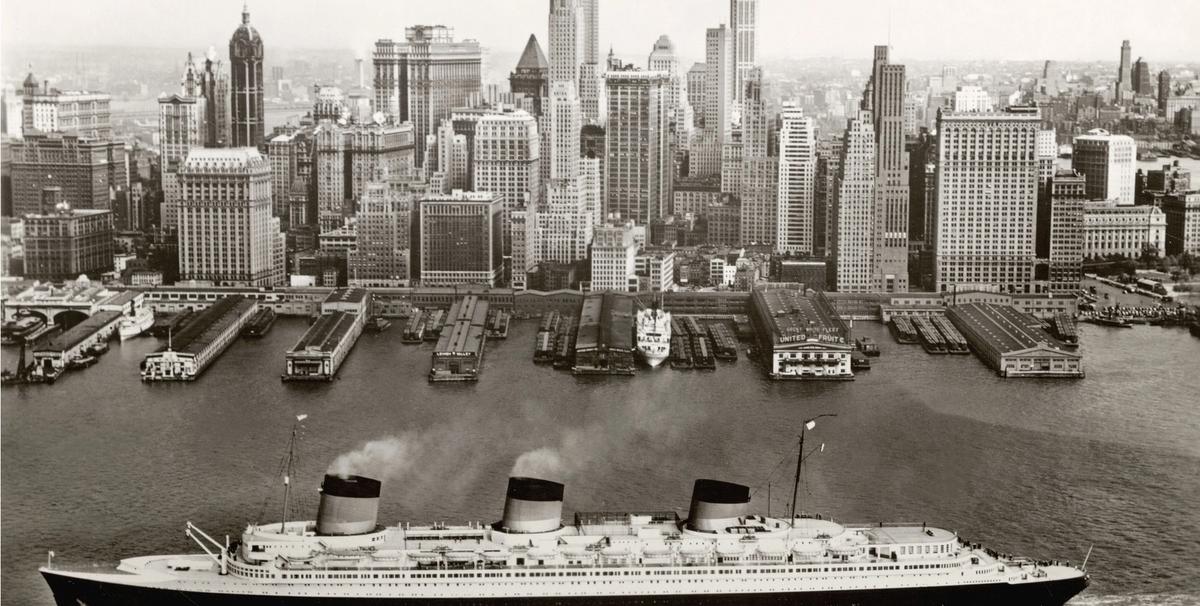A piece of the RMS Titanic will next year return to Britain for the first time since it sailed from Southampton on its doomed maiden voyage in 1912. A fragment of the carved wooden overdoors in the first-class lounge—the largest surviving relic of the ship—will be the last object on show in a 2018 exhibition at London’s Victoria and Albert Museum, Ocean Liners: Speed and Style (3 February-10 June). The rare loan from the Maritime Museum of the Atlantic in Halifax, Canada, comes “from where the liner split apart”, said the museum’s director, Tristram Hunt, at a press briefing today (27 July).
The exhibition will present more than 250 items, many of them never seen before in Europe, including an 1880s model of a quadruple expansion steam engine, a Lanvin beaded silk flapper dress worn by a well-travelled New York socialite and a Cartier diamond and pearl tiara saved from the Lusitania, which was sunk by a German submarine off the coast of Ireland during the First World War. There will also be Art Deco and Modernist works that decorated ocean liners or were inspired by them, by artists such as Le Corbusier, Charles Demuth and Stanley Spencer.
Through five thematic sections, the show will explore the advertising, interior design, engineering, fashion and sociology of the luxury vessels during their heyday, from the 1850s, when Isambard Kingdom Brunel designed the SS Great Eastern, to the QE2 in 1969. Cunard’s flagship liner “really marks the last moment before the rise of airlines [as] the predominant form of travel”, says Ghislaine Wood, the exhibition co-curator and deputy director of the Sainsbury Centre for Visual Arts in Norwich.

With its evocation of ships like the Queen Mary, which was lined with wood from the British colonies and converted to transport Allied troops during the Second World War, “some have asked whether this tale of ocean-going enterprise across the open sea […] is a Brexit exhibition,” said Hunt, a former Labour Party politician. “In fact, what it reveals is the remarkable intimacy of European design and collaboration, even in the buccaneering days of Cunard and P&O. This is a story of European design as much as British bombast.”
The V&A has been working on the show for around four years—well before the EU referendum last June—in partnership with the Peabody Essex Museum in Salem, Massachusetts (where a version runs until 9 October). The exhibition is sponsored by Viking Cruises.


